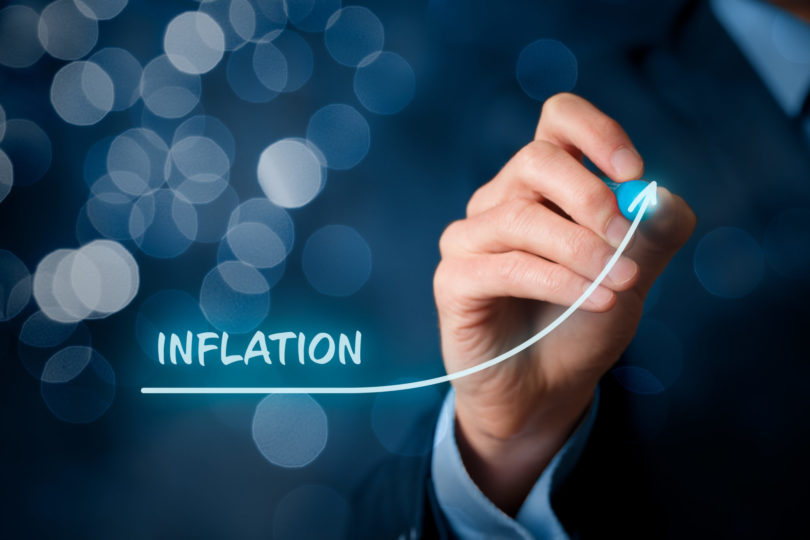
Blog
How Quickly Would a Recession Bring Down Inflation?
July 19, 2022
With inflation surging at the fastest pace in more than 40 years, the Federal Reserve has been aggressive in raising rates and tightening monetary policy. While the Fed hopes that it can engineer a “soft landing,” there are growing fears that the Fed may tip the economy into a recession. If we are unable to avoid a recession, what would that mean for inflation?
To answer that question, a researcher from The Macro Compass newsletter looked at how recessions have impacted inflation. Of the 16 recessions the U.S. economy has seen over the last 100 years, 11 were preceded by a period when inflation was above 3%, and in all 11 instances, the recession led to a marked slowdown in CPI.
On average, a recession leads to a peak-to-trough reduction in inflation (as measured by CPI) of 6.8%, and it takes an average of 16.2 months for inflation to slow to the Fed’s 2% target.
Of course, not all recessions are the same. During the stagflation era of the 1970s, a recession in 1974 brought inflation down substantially, falling 7.4% from its peak of 12.3% to 4.9%, a marked slowdown, but still well above the Fed’s target.
Bigger recessions also slow inflation much faster. Research shows that when there is a 5% or more drawdown in cumulative GDP, such as during the Great Depression and 2008 financial crisis, it takes only 7 months on average to bring inflation from its peak to 2%.
If history holds true, that would mean if we were to enter an average recession today, it would take about 16 months for inflation to fall from its current level of roughly 9% to 2%
